In a town in western India, temple caretakers fill small cups with clarified butter to fuel lanterns for prayer. Or at least until the rufous treepies steal them.
The rufous treepie, a member of the crow family, has learned to fly into the temple, grab the lit candles, and carry them away. They then remove the wick – which is still on fire – shake it until extinguished, and eat the wick and cup of butter.
On Barbados, bullfinches peck at sugar packets until they open, spilling their sweet contents for food.
And in New Zealand, cormorants coordinate their fishing with commercial ferries to benefit from strong currents.
It’s these adaptations and thousands of others that helped lead a team of researchers in Spain and Canada to conclude that behavioral plasticity – the ability to think creatively and adapt to one’s environment – may actually help prevent extinctions among some birds.
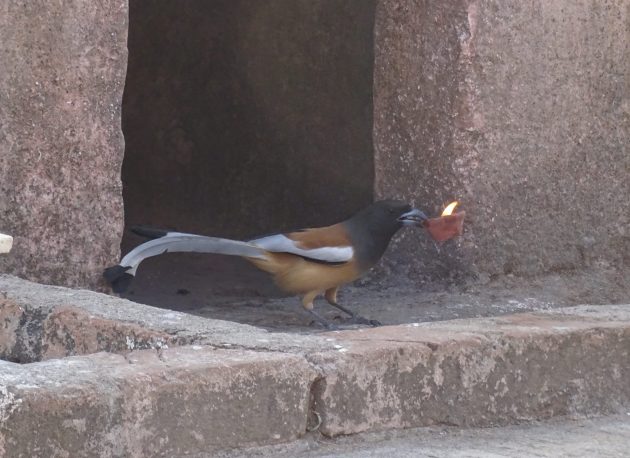
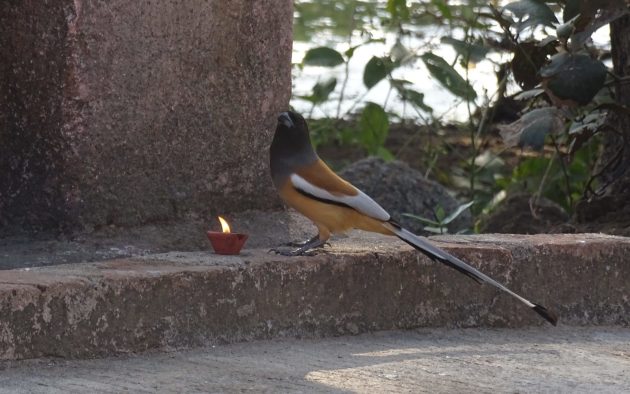
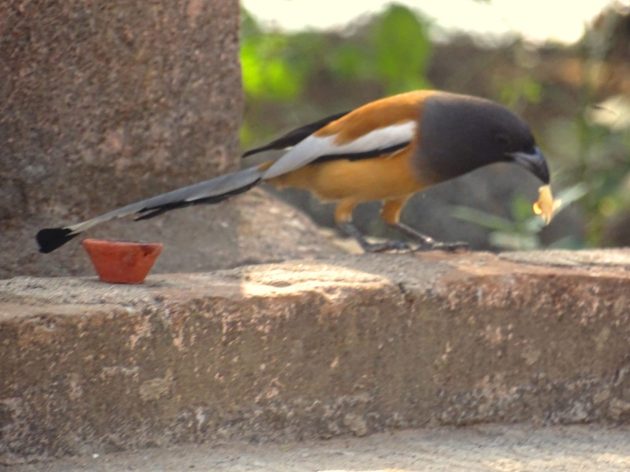
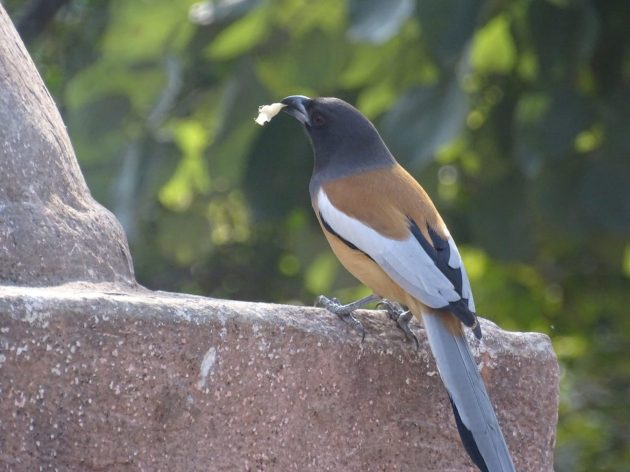
To be clear, stealing clarified butter (or ghee, as it’s called) is not by itself going to prevent the rufous treepie from going extinct. Nor will little packets of white sugar pecked away from balconies in a Caribbean island prevent the bullfinch from fading off into the history books. But it’s those kinds of behaviors that could be saving them from habitat destruction.
It may seem like a bit of conjecture – avian innovations resulting in species longevity – but Simon Ducatez, a post-doctoral researcher in Barcelona and McGill University and Louis Lefebvre, a Canadian professor of biology at McGill, have arrived at the conclusion scientifically. And their results were published recently in the journal Nature Ecology and Evolution.
“We have to do what we can to prevent habitat destruction and extinction of species, but there’s a little bit of hope out there in how the species are able to respond,” Lefebvre says.
Global Observations of Weird Bird Behavior
Before we get into how they figured all this out, let’s start with one of the birding world’s most interesting datasets.
For the past 25 years, Lefebvre has been pouring through ornithology journals from around the world looking for examples of innovation among bird species. And if there’s one thing birders like to report, it’s sightings of birds behaving strangely.
The effort began because Lefebvre had been trying to run cognitive experiments on bird species such as the Barbados bullfinch and Carib grackle, giving them tests with barriers and seeing how they would find – or not find – a solution. But running these kinds of experiments was time consuming and slow, so he switched gears slightly to collect examples of similar kinds of behavior seen in the wild.
His study began with a paper about birders in the U.K. who reported blue tits and gray tits ripping the cardboard or aluminum foil covers off of glass milk jars to drink the cream from the top.
From that case, he’s accumulated more than 3,800 examples in 1,200 species.
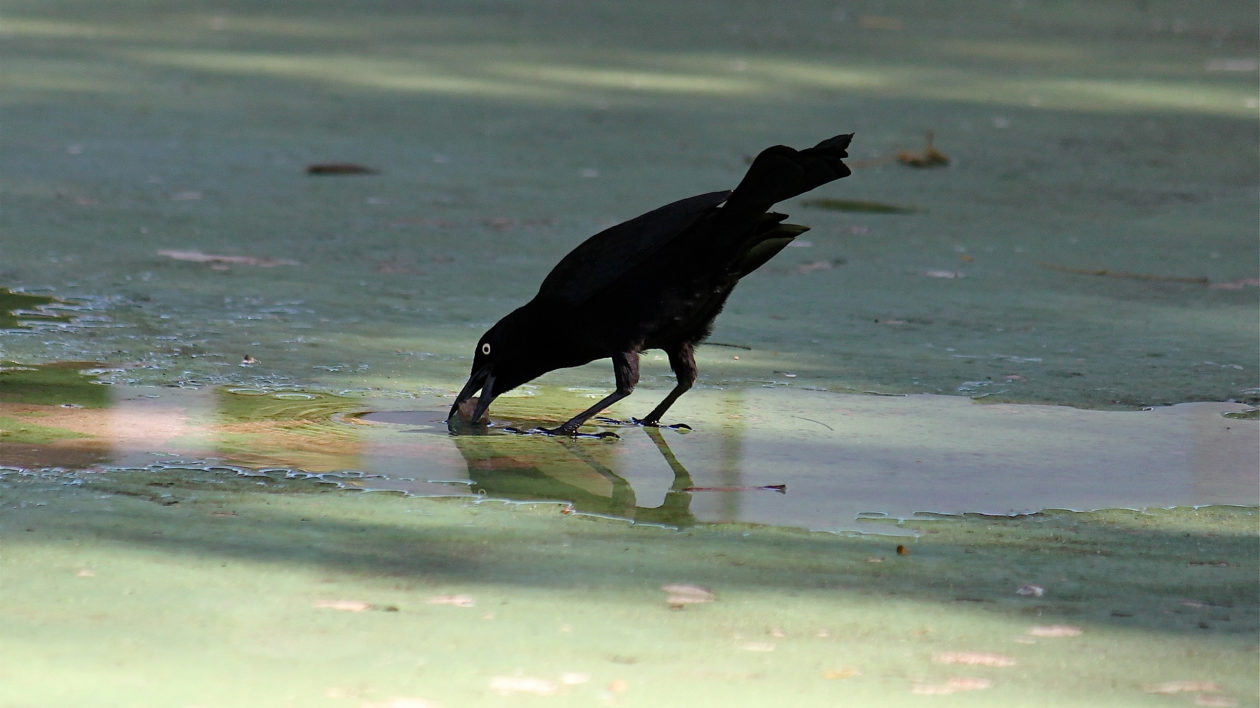
The data comes from bird watchers, but the observations have all been published in scientific journals, helping confirm the veracity of the sightings, he says. And with the database comes answers to his original questions about how birds solve problems.
“It takes years to look at five different birds and quantify the difference in behavior. But with the database, we can compare all birds around the world.”
But what does all of this fascinating information mean? Other than being a reservoir for some of the most interesting antics of the planet’s feathered creatures, what use is it?
It can be useful, for example, in figuring out how introduced species will survive in new places, Lefebvre says. And for Ducatez, it was the information needed to make a groundbreaking conclusion.
Clever = Adaptable
Ducatez has been studying birds most of his life, and like most birders, realized quickly the interesting antics they used to survive. In the face of global extinction risks of many species, he began to wonder if a species’ ability to arrive at innovative solutions could help.
What he found, when comparing Lefebvre’s database with the International Union for the Conservation of Nature (IUCN) estimates of species extinction risk, is that yes, those species working creatively had more robust populations.
“What was surprising was how consistent the relationship was,” says Ducatez. “Whether or not you change the indices, the pattern was the same. That was really remarkable and surprising for us here.”
Take the American crow. They’ve been shown to drop nuts on the freeway and wait until cars drive over them, then swoop down to retrieve the inner meat.
Or the green heron, which has been observed using bread or insects as bait to catch fish.
“They will eventually fly with the insect and then perch next to the river or lake and drop it on the surface,” Ducatez says.
Then the heron waits for a fish to come for the bait.
Great blue herons, on the other hand, have been seen being a bit more brutal in their search for food. They hold squirrels, rats or baby rabbits underwater and then slurp the mammals down.
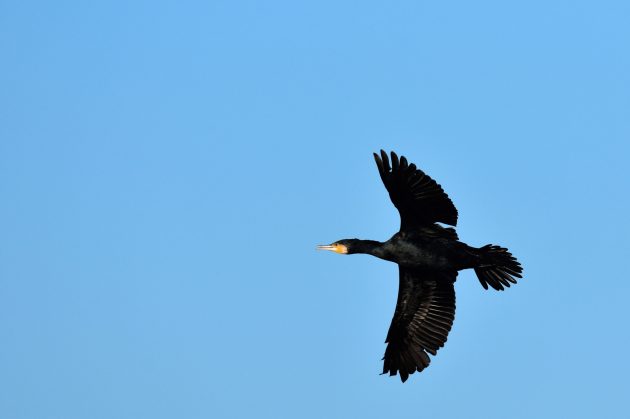
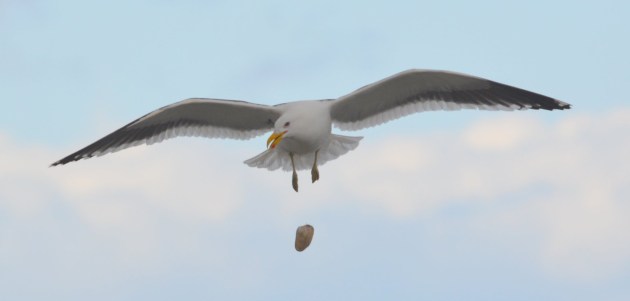
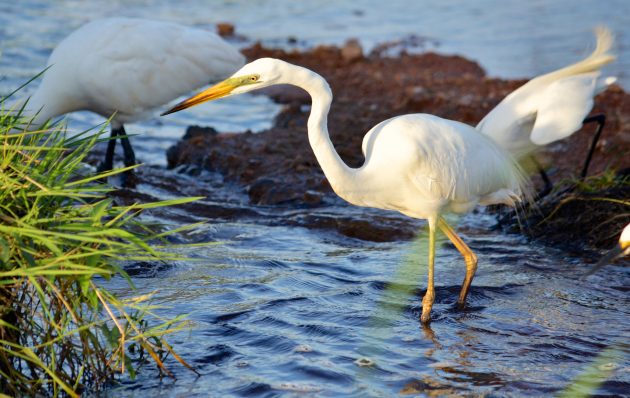
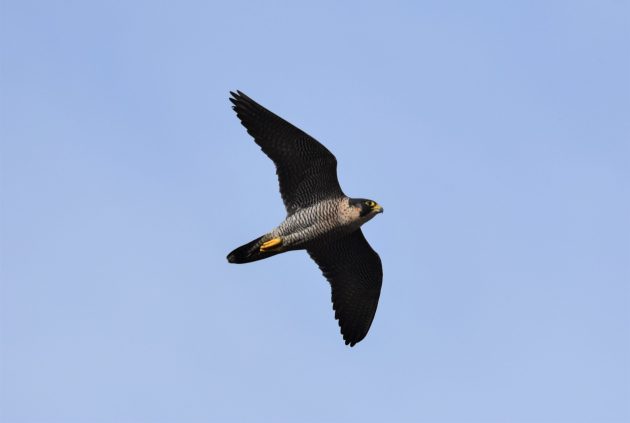
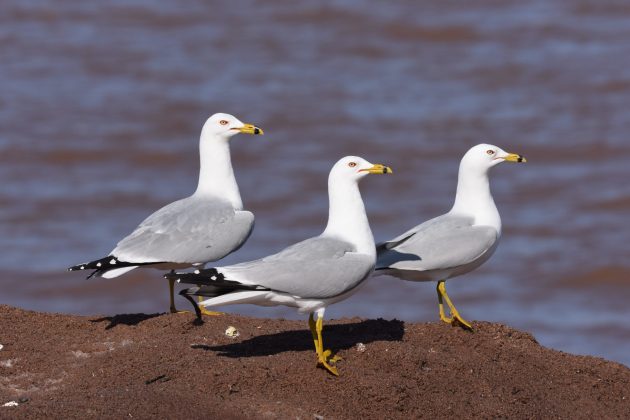

Ducatez and others on the team took a number of factors into account, such as how commonly a bird has been surveyed and written about (if a species has rarely been studied and faces extinction, it is not necessarily because of the bird’s lack of ingenuity). They also factored in if a species was simply a generalist that is surviving because it can live in many areas, not necessarily because it’s clever.
The study also has one large caveat: Innovation only helps in the face of habitat destruction, not necessarily overharvest, poaching or invasive species.
Hope is for the Birds
Lefebvre and Ducatez don’t want to give people a false sense of hope that many of the world’s bird species are fine because they know how to open sugar packets or crack nuts on highways. This paper doesn’t mean we should give up protecting the planet’s avian creatures.
But it does mean that some species are, and will, fare better than others, so perhaps focus should go toward the birds who can’t as aptly help themselves, they say.
Not all species will be like the dark-eyed junco living in southern California. The junco historically nests on the ground in bushes or tall grasses – anywhere it can stay hidden. But much of southern California is now urban, and ground nests don’t do well in city environments where rats, cats, and squirrels steal eggs and chicks, says Pamela Yeh, a professor and researcher at UCLA who has studied the dark-eyed junco for more than 20 years.
So the bird has learned to build nests off the ground. Everywhere. Yeh has recorded nests in trees, under building eves and even a helmet hung off of a child’s bicycle seat. And their numbers reflect the adaptation.
“They’re doing amazing,” she says. “In L.A., their population has exploded from 20 years ago, now they are everywhere.”
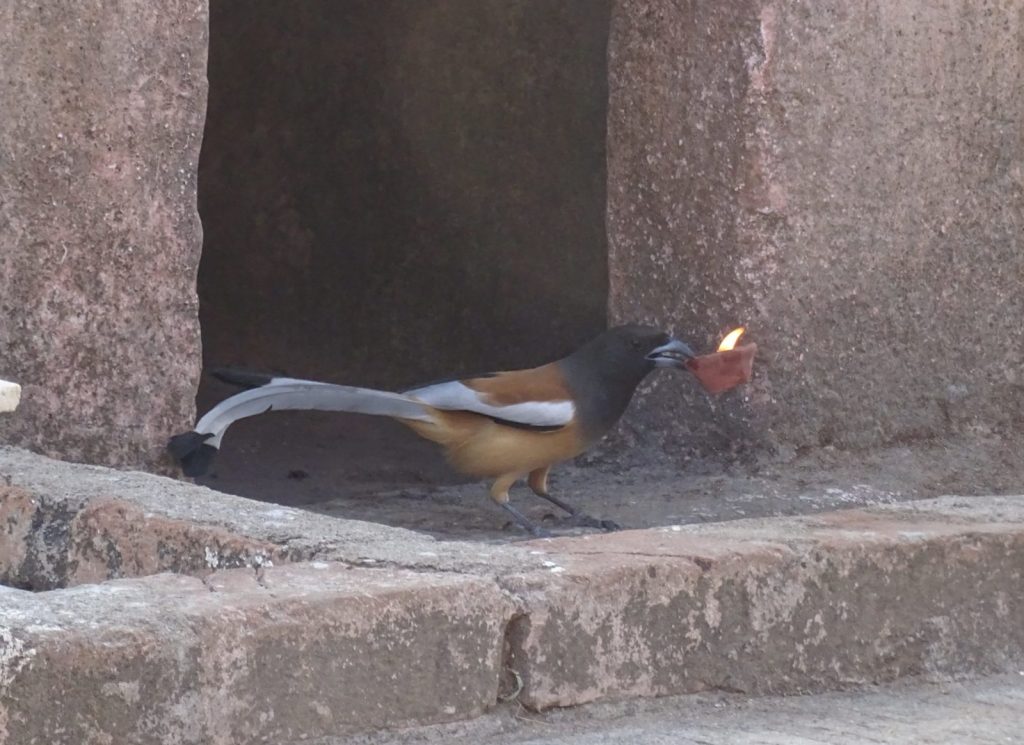



Fascinating. Thanks for the informative article.
I enjoyed reading about the birds. Both my husband & I are animal lovers, and whenever we can, we help out a young or injured bird. It just seems the kind & natural thing to do.
Betty